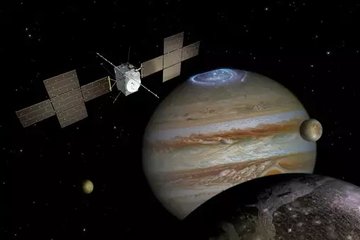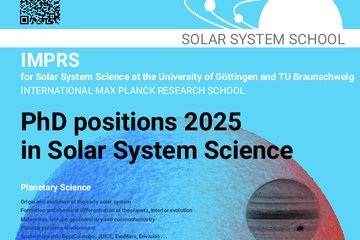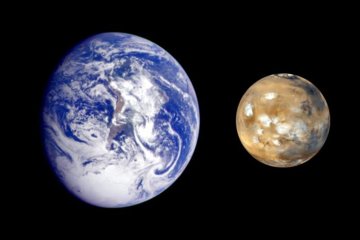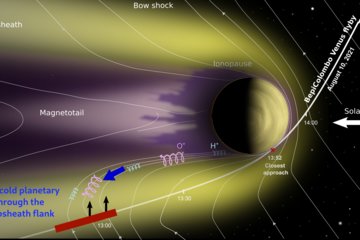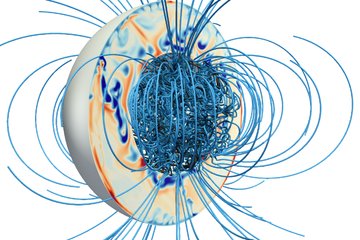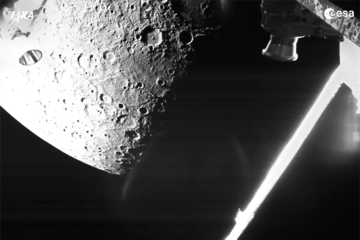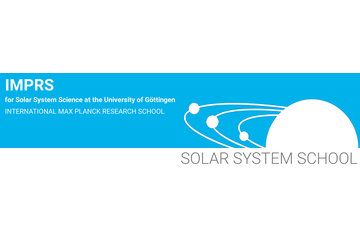
Planetary Science
The eight planets in our Solar System could hardly be more different. Their diversity ranges from hot, desert-like Mercury to water-rich Earth to the enormous gas giants at the edge of the Solar System with their numerous moons. The overall goal of the scientific work of the Planetary Sciences Department is to understand the conditions under which these very different bodies once originated, how they evolved in the early phase of their formation, and what characteristics distinguish them today. We address these questions with a kind of journey through space and time: The department contributes to numerous international space missions that travel through the Solar System and study the planets from nearby; at the same time, analyses of meteorites and other extraterrestrial rock samples as well as elaborate computer simulations allow for a look back to the beginnings of our cosmic home.
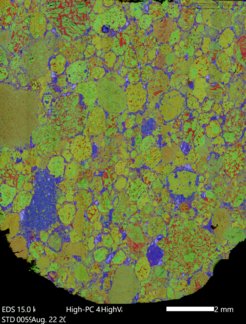
At the beginning of our Solar System, a disk of dust and gas orbited the still young Sun. Step by step, the dust aggregated into bigger and bigger pebbles and chunks. While some of them continued to grow and developed into today's planets, asteroids and comets are remains from the early days of the Solar System. Meteorites, which originate predominantly from asteroids, therefore bear testimony of this early phase. Through high-precision chemical, isotopic, and chronological investigations of meteorites and other extraterrestrial rock samples, the researchers of the department are able to look back to the beginnings of our planetary system. These studies are completed by computer simulations that recreate the early evolution. They also address the question of how Earth became the only life-friendly planet we know today. This helps to understand under which conditions such worlds can also form in distant star systems.
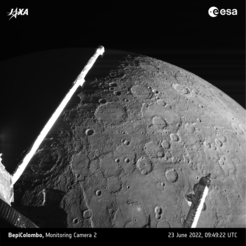
The department’s second research focus is the current state of our Solar System. To this end, the department's scientific and technical teams develop instruments that travel through space on board space probes and explore the planets, their rings, moons, and their environment at close range. Space hardware from the Max Planck Institute for Solar System Research is currently on its way to Mercury and Jupiter, can be found on the surface of Mars, and in recent years has visited Venus, Saturn, comets, and asteroids. The department develops both remote sensing and in situ instruments to learn more about the planets' interiors, surfaces, atmospheres, and plasma environments.



